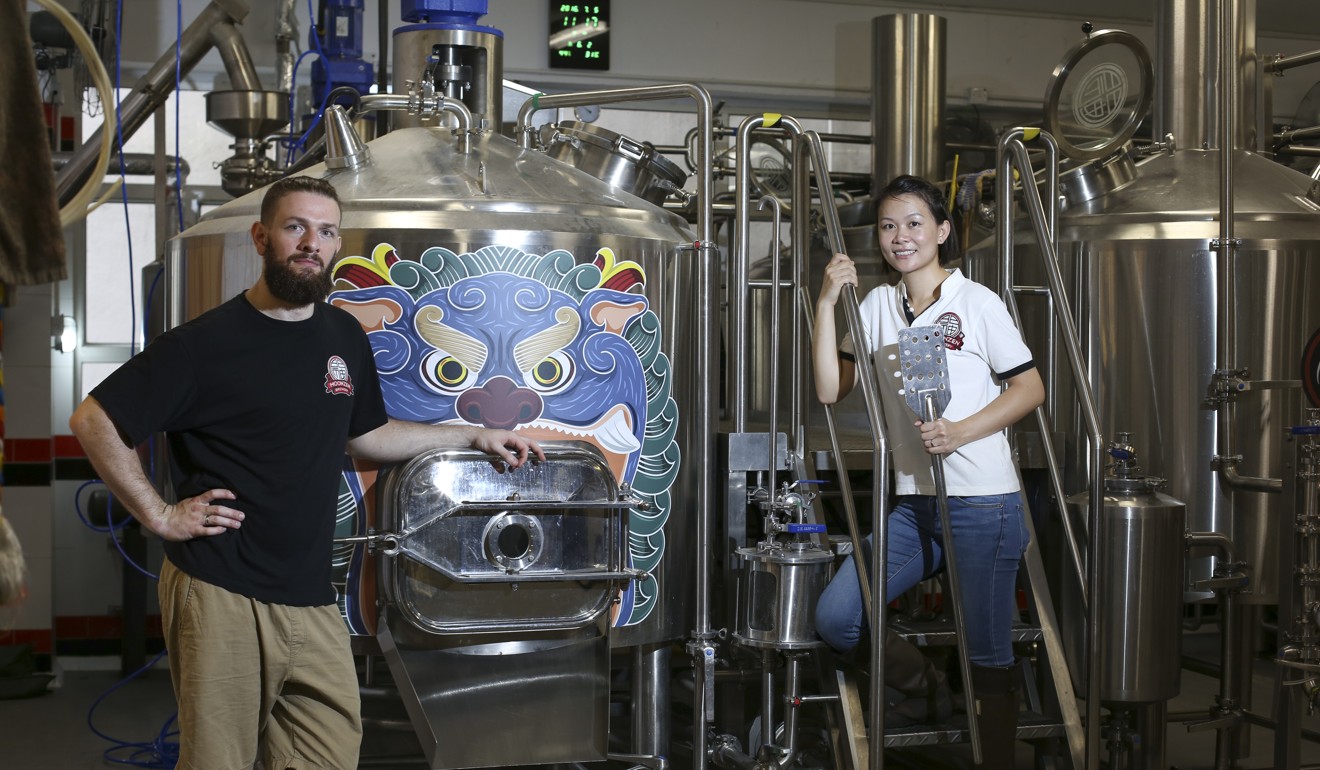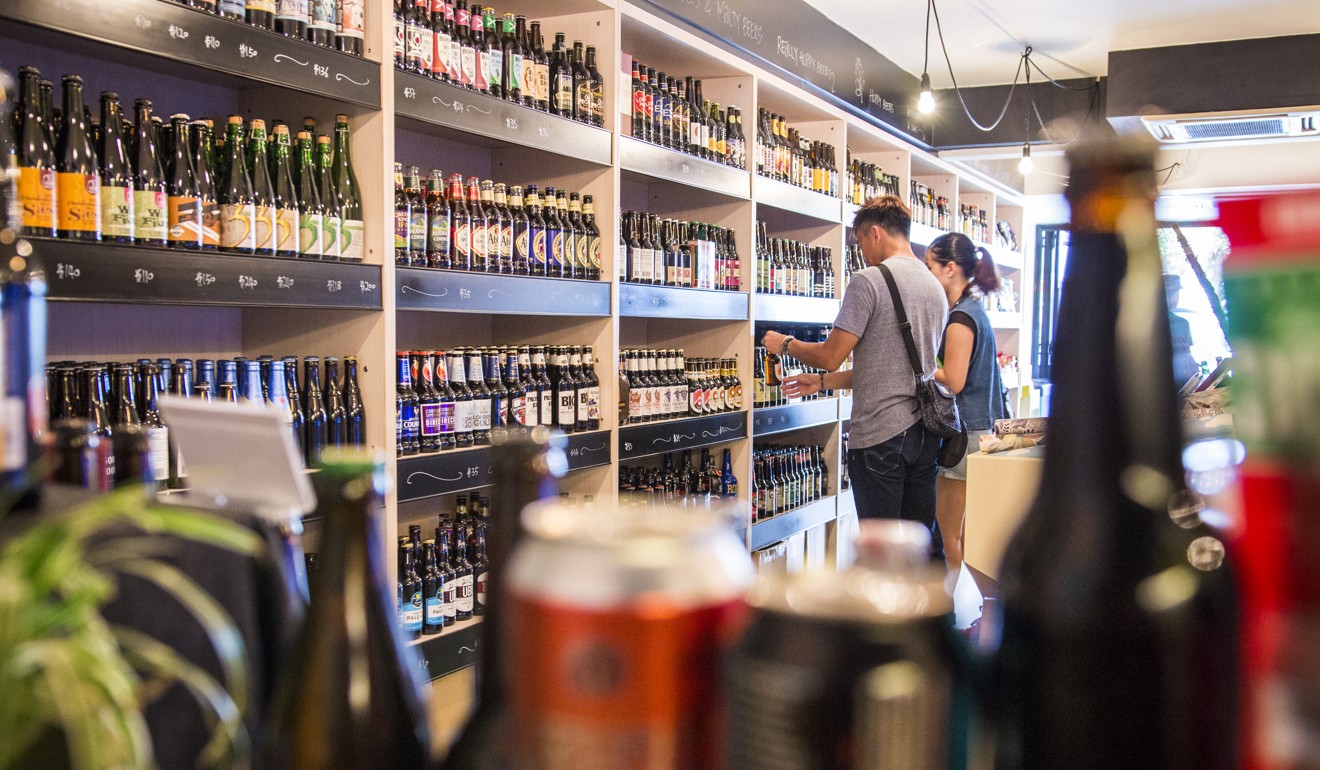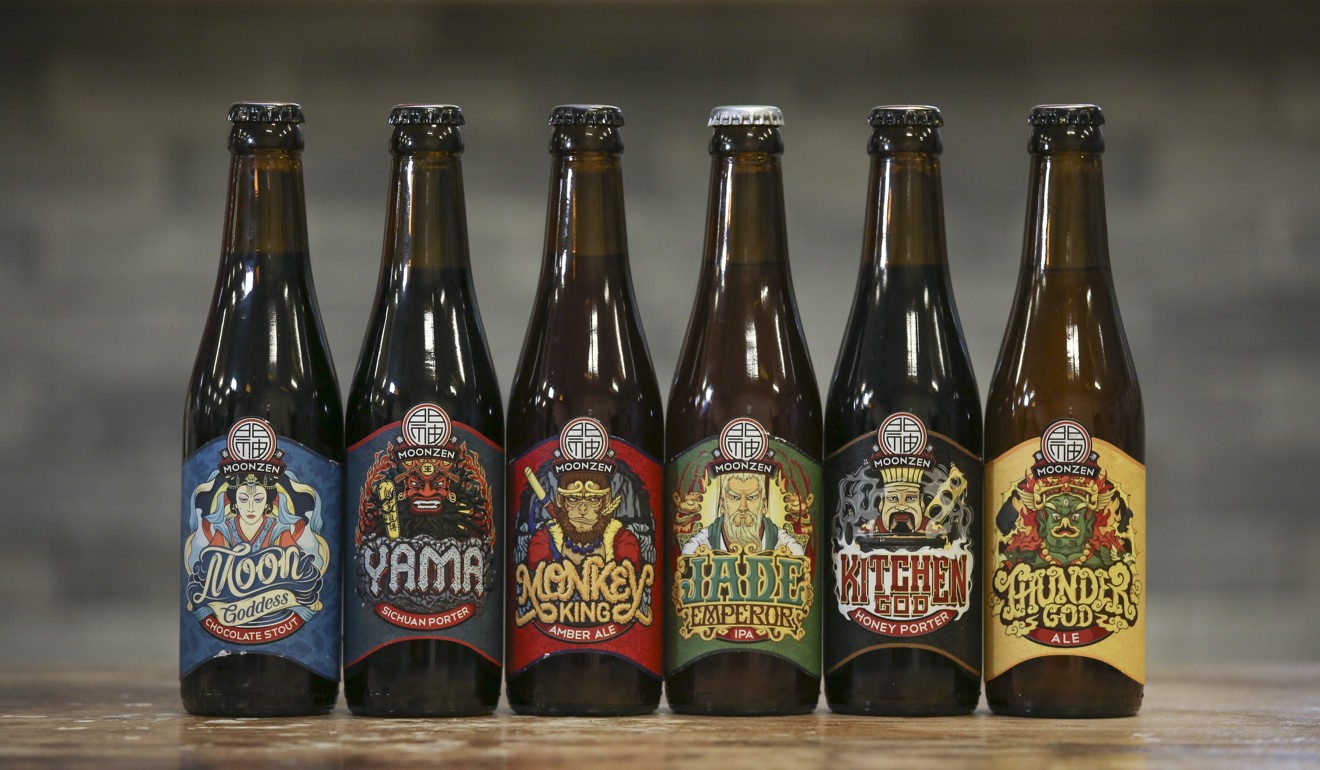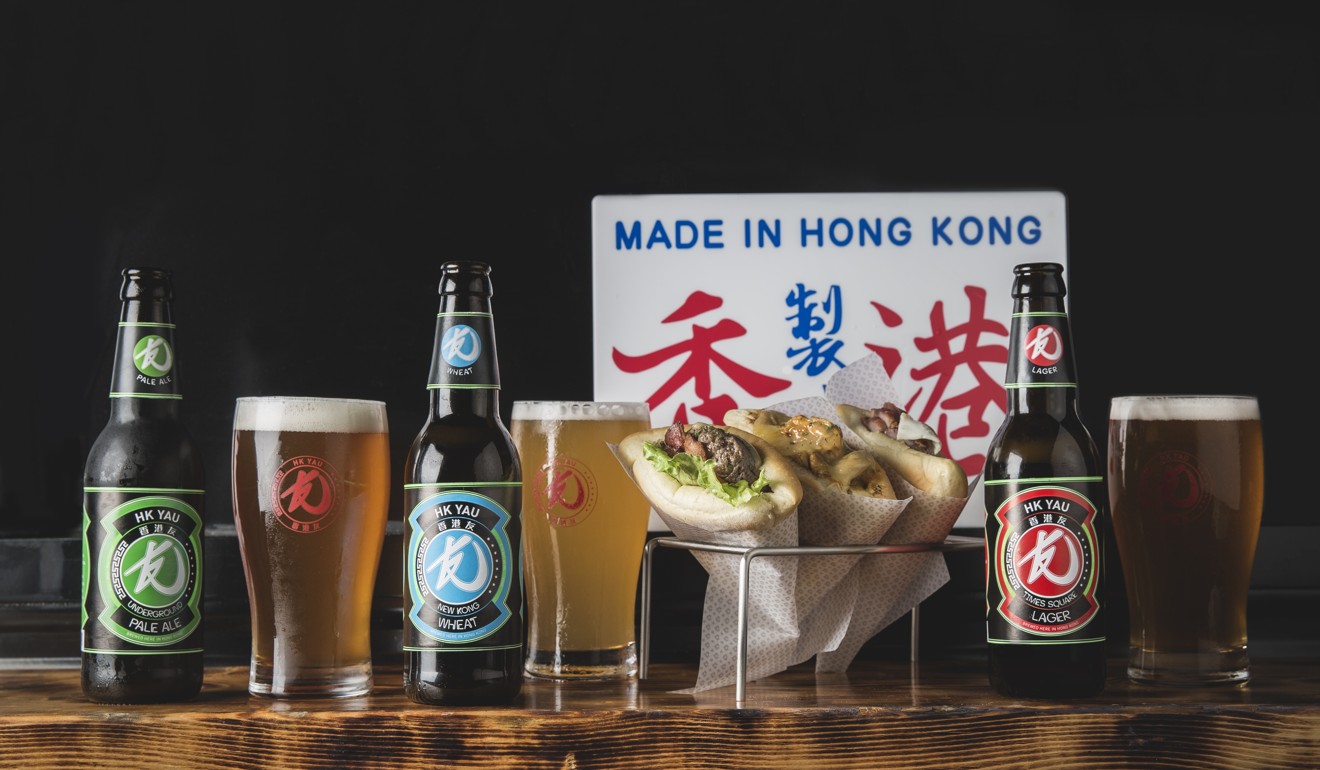
Update | Hong Kong’s growing love of craft beer reflected at Beertopia, the festival that keeps getting bigger
This year’s festival will have more than 500 beers from around the world, including 87 from Hong Kong’s 30 breweries. The market is growing so fast that big names such as Carlsberg are trying to get a foot in the door
The sun hasn’t even set and TAP is already filling up. Since it opened at the end of 2014, this hole-in-the-wall Mong Kok taproom has become a magnet for beer lovers from far and wide. Its 18 taps pour hoppy IPAs from California, sour beers from Belgium and an increasingly robust list of locally brewed ales and lagers.
Recent entries on the fast-changing beer menu include the sour, salty Cha Chaan Teng Gose from Young Master Ales, a barley wine from Lucky Baby and a dry West Coast-style IPA from Heroes – all made in Hong Kong at one of the nearly 30 breweries that have opened in the last few years.
“It’s getting to the point where I don’t have enough taps for all the good beers in Hong Kong,” says TAP’s general manager, James Ling.

Toby Cooper, owner of The Globe, one of Hong Kong’s first speciality beer bars, says the number of people who showed up at the first Beertopia was “a little bit of a shock to everyone”. Craft beer had only recently been introduced to Hong Kong by importers bringing in brews from the US, Europe and Australia; the festival featured just two locally produced beers from the now-defunct Typhoon Brewery.
“It’s evolved quite nicely,” Cooper says. “We’re getting better, fresher beer than ever before.”
Beertopia is a chance to explore a beer scene that, while still in its infancy, has already produced some of the most intriguing and innovative beers in Asia, from clean-drinking pilsners to outlandish experiments.
Bar review: Zhang Men Craft Brewery, Tsim Sha Tsui – a worthy addition to Hong Kong’s growing list of craft beer houses
It’s also an opportunity to ponder the fate of Hong Kong’s fledgling breweries, which are trying to get by in a city with some of the highest operating costs in the world, where the average beer drinker is still more likely to buy an industrial lager than a local craft brew.
“We thought the market would grow rapidly but it’s really pretty incredible how fast it has gone,” says Devin Kimble, co-owner of the Hong Kong Beer Company. “The thing is, you’ve got a lot of brands, but I don’t think they’re selling a lot of beer. We’re still searching for a model that is sustainable.”
The pace of change has been staggering. “We have a world-class local brewery in town now, and we didn’t four years ago. That’s awesome,” says Jeff Boda, a former beer critic who launched beer importer Hop Leaf in 2011.
Boda is referring to Young Master Ales, whose breweries in Ap Lei Chau and Wong Chuk Hang produce some of Hong Kong’s most daring beers, including lambic-style ales fermented in a giant wooden vat known as a foeder. One of Young Master’s seasonal brews is Ich Bin Ein Lichtenhainer, a smoky, sour beer that is based on an obscure regional style from Germany – “a style I can’t find when I visit the US”, says Boda.

Even more unusual is the Neolithic Ale, based on a 5,000-year-old beer unearthed by archaeologists in Shaanxi. Made from millet, barley, Job’s tears (adlay millet), snake gourd root, mountain yam, lily bulb, and wild honey, it was fermented with the original yeast, which had survived intact. The resulting brew is surprisingly fruity, tart and refreshing.
Newly opened Second Draft, Tai Hang – craft beer and creative menu with East-West twist

But the fraternal spirit has limits. “There’s only so many tap handles in the city, and every local brewery starting up thinks they’ll get business right away,” says Boda. “The competition is greater than ever.”

There’s also the challenge of “Big Beer” – the epithet given by craft beer enthusiasts to the dominant global industrial brewers. While craft beer sales have exploded worldwide, demand for mass-market beer has remained flat. In response, giant conglomerates such as AB InBev – which owns the Budweiser, Stella Artois and Hoegaarden brands, among others – have begun acquiring craft breweries in an attempt to catch up. In emerging markets, including mainland China, AB InBev has been accused of using former craft brands such as Goose Island to undercut local independent breweries.

“At the end of the day it is up to the customer,” says Peter Poon, Carlsberg’s managing director for Hong Kong, Taiwan and Macau. He says there is plenty of room for growth in Hong Kong. According to Carlsberg’s market research, craft beer currently accounts for about 3 per cent of the local beer market, compared to 12 per cent in the US. “We are actually trying to help the craft segment grow faster,” says Poon.
HK Yau’s line of beer was developed by pioneering American brewmaster Garrett Oliver, with low hop bitterness and flavours with a pale ale that pairs well with siu mei, and a wheat beer that matches seafood. He expects HK Yau to be available in 65 outlets around Hong Kong by the end of the year.

HK Yau’s beers are currently brewed under contract at the Hong Kong Beer Company. Kimble says it was a “tough decision” to take on HK Yau’s business, knowing that it would compete for taps with his own beer. But he thinks there is a chance it will serve as a “gateway beer” that turns more people onto craft brews. “Part of it is having it available in bars that wouldn’t have those kinds of beers available normally,” he says.
Many industry insiders expect to see a shake-up in the local brewing scene over the next year, as unprofitable and otherwise subpar operations close shop. “Craft beer suffered a crash after its first big boom in the US, in Japan, in every country it has been in. But then it rebounds to be better than ever,” says Boda.
Five fast facts about this weekend’s Beertopia festival in Hong Kong
In the meantime, there’s more than enough good beer to try at Beertopia. Founder So says he is looking forward to this year’s inaugural Beer Geek Corner, dedicated to rare and experimental brews.

“I’m most looking forward to trying the Rendang beer from Black Kite and the 20-something-per cent eisbock from the Yardley Brothers,” he says. There will be many other launches, including Lion Rock’s Expendables Imperial IPA and beer from freshly minted local breweries Meow Beer and Lucky Dawgs.
“Beertopia does a good job of catering to both beer geeks and people who’ve never touched beer,” says Christopher Wong, founder of local home-brew shop HK Brewcraft, along with local breweries Hitachino Nest and Heroes. “The vibe is amazing. Everyone is having fun.”
And with a pint of fresh local beer, who wouldn’t?

